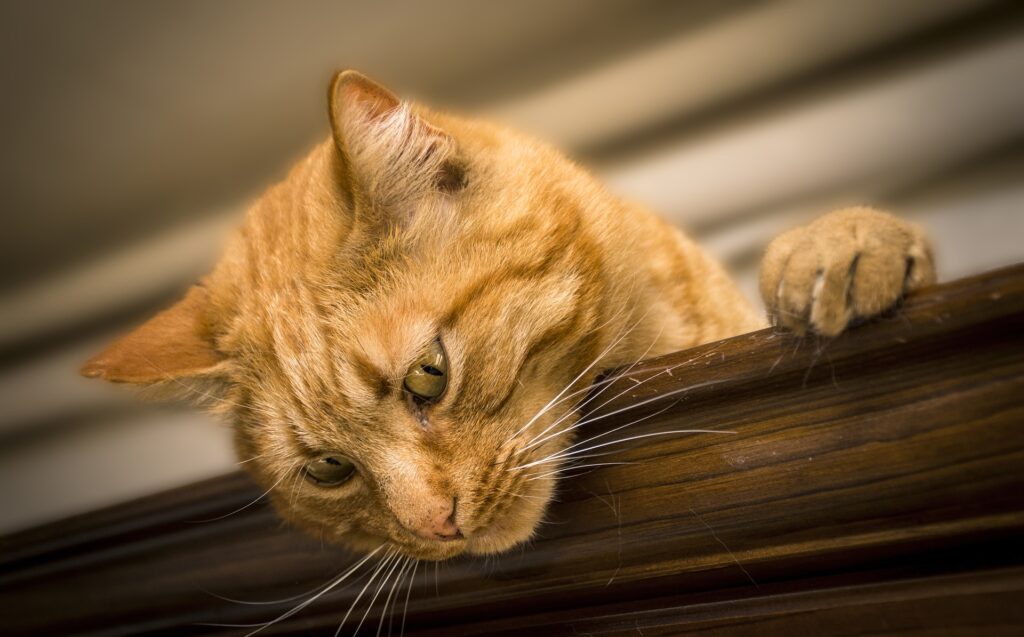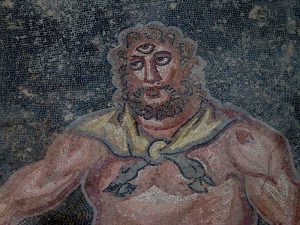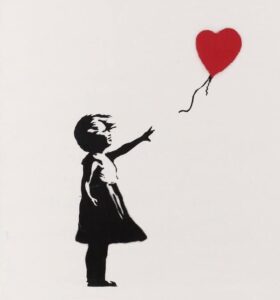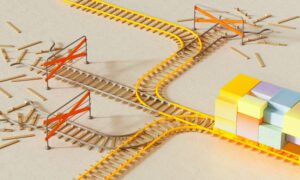Liquid cats, IGnobel and legendary science
4 min read
Scientists, as we know, are people characterized by great inventiveness and a remarkable critical sense in the analysis of natural phenomena. Passion and professional reliability are fundamental ingredients to define the figure of the researcher. However, imperturbable zeal, an emotionless calculating mind and an apparent aura of almost mystical superiority – characteristics often associated with the “classic” idea of a scientist – are mere stereotypes that hide our true nature: a good dose of comedy, irony and madness that make men and women of science irreverent jokers in all respects. This strong sense of humor has led over the years to the realization of almost legendary scientific discoveries.
The career as a researcher is not easy. The publication of a valid scientific work in specialized journals is a long process that requires time, effort, constant reviews and the attitude to always question oneself. In the current system, research articles (the so-called “papers” in English) are the scientist’s business card in the academic world. The researcher is consequently forced to a continuous and often frustrating strengthening of his curriculum through new publications and collaborations, looking for more and more renowned journals and research groups famous in his field. It certainly cannot be defined as a relaxing job…
In some exceptional cases, a mix of excellent quality, (a lot of) luck and timing can produce breakthroughs of epochal significance that have a significant impact on the scientific community, changing or modifying the direction of the research in that particular category. Every year, five commissions meet to award what can be considered the highest cultural recognition in five fundamental sectors of human knowledge: medicine and psychology, literature, physics, chemistry and peace. I am obviously talking about the famous Nobel Prize, the most coveted title by any intellectual scholar of one of the branches of knowledge concerned.
Rather remarkable note: sometimes it happens to hear about people of dubious professionalism around who boast of having been (or knowing people who are) candidates for the Nobel Prize.
Pity that these nominations, selected annually by a number of experts, remain secret for 50 years!
Alongside the Nobel Prize, however, there is another, equally famous, category of titles that has been awarded since 1991 and that arouses the attention of thousands of scientists, hoping to be considered for this epic recognition: the IG Nobel Prize (or Ignobel), sponsored by the Annals of Improbable Research (AIR) journal. It is a satirical title, delivered to the authors of the bizarre, crazy and often totally absurd researches, but valid and well-constructed from a scientific point of view. Studies that, as stated in the description of the award, “first make you laugh and then make you think”.
Among the Ignobel we really find everything: from the levitation of a frog in a magnetic field, to how beer, sour cream and garlic modify the appetite of leeches, to the invention of a bra that can be used as a mask gas.
But among the hundreds of wonderful follies committed by researchers in recent years and awarded the legendary prize, one in particular catches our attention: a study that will find all lovers of domestic cats among its supporters. They could only be the cats, the protagonists of a work created in 2017 by the physicist of the University of Paris Marc-Antoine Fardin. Have you ever found your adorable kitten stuck in some box, vase or unlikely cracks, wondering in amazement how the animal managed to occupy that narrow space almost as if it were not made of solid matter? It goes without saying that Fardin’s research, with the captivating title “On the rheology of cats” rigorously answers this question by scientifically demonstrating that cats sometimes behave like solids and other times like liquids.
The researcher applied the principles of rheology, that branch of science that studies the distortions and deformations of bodies subject to external forces, to determine the relaxation time of cats, that is the interval necessary for the animal to adapt its body to the surrounding environment. The result is surprising: in some situations, and over a sufficiently long time, the cat actually tends to change its shape according to the container where it rests, and can be described from the physical point of view just like a liquid.
A fun work that will undoubtedly remain in history for its extravagance, but nevertheless extremely formative in demonstrating how physics is not only “boredom, formulas and tedious experiments”, but engages in a captivating way in every aspect of our daily life. For those who think that these crazy Ignobel winning scientists are exceptions to an average of more serious and flawless individuals, here’s a pretty good treat: Physicist Andrej Gejm was able to get both an Ignobel in 2000 and a Nobel Prize in 2010. Who knows what his favorite prize will be? We, obviously, have no doubts about it.
Source link: https://www.antropia.it/gatti-liquidi-ignobel-e-scienza-leggendaria/

Sono Chiara e mi sto laureando in Lingue e Letterature Straniere presso l’Università degli studi di Firenze. Ho conseguito la laurea triennale con un doppio titolo italiano e tedesco dopo aver trascorso un anno di studi all’estero presso l’Università di Bonn. Grazie a queste esperienze non ho avuto solamente l’occasione di viaggiare e scoprire nuovi angoli di mondo, ma anche e soprattutto di approfondire ed ampliare il mio amore per l’arte in ogni sua espressione, essendo rimasta affascinata da una città unica come Firenze e dalle nuove correnti più recenti in Europa. Sono inoltre una grande appassionata di cinema, musica e letteratura, discipline che hanno in comune un profondo senso creativo. Credo infatti nel grande potere della creatività, che come diceva Einstein può essere «contagiosa»







